Cepodem 200 DT Tablet 10's
MRP ₹199
(Inclusive of all Taxes)
₹29.9 Cashback (15%)
Provide Delivery Location
Online payment accepted
 Prescription drug
Prescription drugWhats That
Composition :
Manufacturer/Marketer :
Consume Type :
Expires on or after :
Return Policy :
About Cepodem 200 DT Tablet
Cepodem 200 DT Tablet belongs to the group of antibiotic medicines called 'cephalosporins' used to treat bacterial infections of the ear, nose, throat, lower respiratory tract, urinary tract, skin, and soft tissue. Bacterial infections are caused due to the multiplication of harmful bacteria inside or on the body.
Cepodem 200 DT Tablet contains 'Cefpodoxime Proxetil' which is a broad-spectrum antibiotic effective against both gram-positive and negative groups of bacteria. It works by preventing the formation of bacterial cell covering (cell wall), which is necessary for their survival. Thereby, it kills the bacteria and helps in treating and preventing the spread of bacterial infections.
Take this medicine as prescribed. In some cases, you may experience certain common side effects, such as nausea, vomiting, diarrhoea (watery or loose stool), abdominal pain, loss of appetite, bloating, skin rash, and itching. Most of these side effects do not require medical attention and will resolve gradually over time. However, you are advised to talk to your doctor if you experience these side effects persistently.
Talk to your doctor before taking Cepodem 200 DT Tablet if you have had inflammation in the bowel, kidney or liver problems. Do not take antacids and anti-ulcer medicines along with Cepodem 200 DT Tablet ; maintain a gap of 2-3 hours between both. Let your doctor know if you are pregnant or breastfeeding before starting Cepodem 200 DT Tablet . Avoid alcohol consumption to prevent unpleasant side effects. Cepodem 200 DT Tablet may cause dizziness, hence drive or operate machinery only if you are alert. Inform your doctor about all the medicines you are taking and about your health condition to rule out any unpleasant side effects.
Uses of Cepodem 200 DT Tablet
Directions for Use
Key Benefits
Cepodem 200 DT Tablet belongs to the group of antibiotic medicines called 'cephalosporins' used to treat a wide range of bacterial infections of the ear, nose, throat, lower respiratory tract, urinary tract, skin, and soft tissue. It is composed of Cefpodoxime Proxetil. It is a broad-spectrum antibiotic that is effective against gram-positive and gram-negative bacteria, aerobic and some anaerobic bacteria. Cepodem 200 DT Tablet works by preventing the formation of bacterial cell covering, which is necessary for their survival. Thereby, it kills the bacteria and helps in treating and preventing the spread of infections. Cepodem 200 DT Tablet has been shown to reduce the development of antibiotic-resistant bacteria.
Storage
- Inform Your Doctor: Notify your doctor immediately about your diarrhoea symptoms. This allows them to adjust your medication or provide guidance on managing side effects.
- Stay Hydrated: Drink plenty of fluids to replace lost water and electrolytes. Choose water, clear broth, and electrolyte-rich drinks. Avoid carbonated or caffeinated beverages to effectively rehydrate your body.
- Follow a Bland Diet: Eat easy-to-digest foods to help firm up your stool and settle your stomach. Try incorporating bananas, rice, applesauce, toast, plain crackers, and boiled vegetables into your diet.
- Avoid Trigger Foods: Steer clear of foods that can worsen diarrhoea, such as spicy, fatty, or greasy foods, high-fibre foods, and dairy products (especially if you're lactose intolerant).
- Practice Good Hygiene: Maintain good hygiene to prevent the spread of infection. To stay healthy, wash your hands frequently, clean and disinfect surfaces regularly, and avoid exchanging personal belongings with others.
- Take Anti-Diarrheal Medications: If your doctor advises, anti-diarrheal medications such as loperamide might help manage diarrhoea symptoms. Always follow your doctor's directions.
- Keep track of your diarrhoea symptoms. If they don't get better or worse or are accompanied by severe stomach pain, blood, or dehydration signs (like extreme thirst or dark urine), seek medical help.
- Inform your doctor about the nausea and discuss possible alternatives to the medication or adjustments to the dosage.
- Divide your daily food intake into smaller, more frequent meals to reduce nausea.
- Opt for bland, easily digestible foods like crackers, toast, plain rice, bananas, and applesauce.
- Avoid certain foods that can trigger nausea, such as fatty, greasy, spicy, and smelly foods.
- Drink plenty of fluids, such as water, clear broth, or electrolyte-rich beverages like coconut water or sports drinks.
- Use ginger (tea, ale, or candies) to help relieve nausea.
- Get adequate rest and also avoid strenuous activities that can worsen nausea.
- Talk to your doctor about taking anti-nausea medication if your nausea is severe.
- Record when your nausea occurs, what triggers it, and what provides relief to help you identify patterns and manage your symptoms more effectively.
- Preventing Vomiting (Before it Happens)
- Take medication exactly as prescribed by your doctor. This can help minimize side effects, including vomiting.
- Having a small meal before taking your medication can help reduce nausea and vomiting.
- Talk to your doctor about taking anti-nausea medication along with your prescribed medication.
- Managing Vomiting (If it Happens)
- Try taking ginger in the form of tea, ale, or candy to help alleviate nausea and vomiting.
- What to Do if Vomiting Persists
- Consult your doctor if vomiting continues or worsens, consult the doctor for guidance on adjusting your medication or additional treatment.
- Hydrate your body: Drink enough water to prevent dehydration and headaches.
- Calm Your Mind: Deep breathing and meditation can help you relax and relieve stress.
- Rest and Recharge: Sleep for 7-8 hours to reduce headache triggers.
- Take rest: lie down in a quiet, dark environment.
- Cold or warm compresses can help reduce tension.
- Stay Upright: Maintain good posture to keep symptoms from getting worse.
- To treat headaches naturally, try acupuncture or massage therapy.
- Over-the-counter pain relievers include acetaminophen and ibuprofen.
- Prescription Assistance: Speak with your doctor about more substantial drug alternatives.
- Severe Headaches: Seek emergency medical assistance for sudden, severe headaches.
- Frequent Headaches: If you get reoccurring headaches, consult your doctor.
- Headaches with Symptoms: Seek medical attention if your headaches include fever, disorientation, or weakness.
- Eat smaller, more frequent meals.
- Eat slowly and chew your food thoroughly to help digestion.
- Eat fiber-rich foods such as fruits, whole grains, and vegetables to promote regular bowel movements.
- Avoid gas-producing foods like cabbage, beans, broccoli and carbonated drinks.
- Drink lots of water throughout the day to prevent dehydration and aid digestion.
- Do regular exercise to enhance digestion and reduce bloating.
Drug Warnings
Taking antibiotics on your own may lead to antibiotic resistance in which antibiotics fail to act against specific bacterial infections. Before taking Cepodem 200 DT Tablet , let your doctor know if you have/had inflammation in bowel, kidney, or liver problems. Do not take antacids or anti-ulcer medicines along with Cepodem 200 DT Tablet and maintain at least a gap of 2-3 hours between both medicines. Pregnant and breastfeeding women should seek medical advice before starting Cepodem 200 DT Tablet . Avoid alcohol consumption while being treated with Cepodem 200 DT Tablet to prevent unpleasant side effects. Cepodem 200 DT Tablet may cause dizziness, hence drive or operate machinery only if you are alert.
Drug-Drug Interactions
Drug-Drug Interactions
Login/Sign Up
Co-administration of Cepodem 200 DT Tablet with Heparin may enhance the levels or effects of heparin by anticoagulation (preventing blood from clotting).
How to manage the interaction:
Although there is an interaction, Cepodem 200 DT Tablet can be taken with Heparin if prescribed by the doctor. Do not stop using any medications without a doctor's advice. Do not discontinue the medication without consulting a doctor.
Co-administration of Cepodem 200 DT Tablet with the Cholera vaccine may reduce the effectiveness of the vaccine.
How to manage the interaction:
Talk to your doctor before receiving the Cholera vaccine if you are currently being treated with Cepodem 200 DT Tablet or have been treated within the last 14 days. To ensure adequate vaccine response, you should not receive cholera vaccine until at least 14 days after you complete your antibiotic therapy. Do not discontinue the medication without consulting a doctor.
Drug-Food Interactions
Drug-Food Interactions
Login/Sign Up
Diet & Lifestyle Advise
- Antibiotics can alter the useful bacteria in the stomach, which help indigestion. Therefore, you are advised to take foods rich in probiotics such as yoghurt/curd, kefir, sauerkraut, tempeh, kimchi, miso, kombucha, buttermilk, natto and cheese.
- Eat fibre rich food like whole grains, beans, lentils, berries, broccoli, peas and bananas.
- Avoid foods rich in calcium, grapefruit and grapefruit juice as they might hinder the absorption of antibiotics.
- Avoid consumption of alcohol to treat your condition effectively.
- Avoid usage of tobacco.
Side Effects of Cepodem 200 DT Tablet
- Diarrhoea
- Nausea
- Vomiting
- Abdominal pain
- Loss of appetite
- Bloating
- Skin rash
- Itching
Habit Forming
Therapeutic Class
All Substitutes & Brand Comparisons
RX
Not for online saleCefredrox 200 Dt Tablet 10's
Leeford Healthcare Ltd
₹154.5
(₹13.91 per unit)
22% CHEAPERRX
Not for online saleCephoprl 200 mg Tablet 10's
Pristine Pearl Pharma Pvt Ltd
₹177
(₹15.93 per unit)
11% CHEAPERRX
Not for online saleOxipod-200 Tablet 10's
Indoco Remedies Ltd
₹178.5
(₹16.07 per unit)
10% CHEAPER
Author Details
We provide you with authentic, trustworthy and relevant information
Drug-Diseases Interactions
Drug-Diseases Interactions
Login/Sign Up
Almost all antibacterial medications have been associated to reports of Clostridioides difficile-associated diarrhoea (CDAD), formerly known as pseudomembranous colitis. It can vary from mild diarrhoea to deadly colitis. Clindamycin and lincomycin are two of the most frequent offenders.
How to manage the interaction:
Antibiotics may cause Clostridioides difficile-associated diarrhoea (CDAD), which may range from mild diarrhoea to fatal colitis. Appropriate fluid and electrolyte management, protein supplementation, antibacterial treatment of C difficile, and surgical evaluation is advised.
The kidneys remove the majority of beta-lactam antibiotics as unaltered drugs and, in certain situations, as metabolites as well. In individuals with poor renal function, the blood concentrations of beta-lactam antibiotics and their metabolites may rise and their half-lives may be prolonged. According to the particular product package labelling, dosage modifications may be required. These alterations should be based on the severity of the infection as well as the degree of renal impairment. Renal function tests should be carried out on a regular basis during extended and/or high-dose therapy since these medicines have occasionally been linked to nephrotoxicity and changes in renal function.
How to manage the interaction:
The serum concentration may be increased in patients with impaired kidney function. Dose adjustment may be necessary for patients with kidney dysfunction. Regular renal function tests are advised.
Certain cephalosporins have been associated with cases of hepatitis. There has also been a brief increase in the levels of AST, ALT, and alkaline phosphatase. Patients with hepatic problems should be treated with caution and under close observation when using these medications.
How to manage the interaction:
Caution and monitoring is recommended in patients with liver disorders.
It has been suggested that cephalosporins can cause seizures. In particular in patients with a history of epilepsy and/or where prescribed doses of cephalosporins were exceeded because of renal impairment, cephalosporins have been associated with nonconvulsive status epilepticus (NCSE), encephalopathy, coma, asterixis, neuromuscular excitability, and myoclonia. Depending on the creatinine clearance, change the dosage. In individuals with known seizure disorders, anticonvulsant medication should be maintained. Patients should get a neurological exam to see if medication should be stopped if CNS side effects like seizures happen.
How to manage the interaction:
Cephalosporin antibiotics may trigger seizures. Dose adjustment may be needed.
FAQs
Drug-Drug Interactions Checker List
- FUROSEMIDE
- WARFARIN
- CALCIUM
- VITAMIN D
- CIMETIDINE
- RANITIDINE
- PROBENECID
Disease/Condition Glossary
Bacterial infection: A bacterial infection is a condition in which harmful bacteria enter, multiply, and infect our body. Infectious or harmful bacteria can make you sick and reproduce quickly in your body. These harmful bacteria produce chemicals known as toxins, which can damage tissue and make you sick. It can target any body part and multiply very quickly. When you get infected with bacteria, you can experience generalized symptoms, like fever, chills, and fatigue. Bacterial infections vary from minor illnesses like sore throat and ear infections to severe brain infections like meningitis and encephalitis. Anyone can become infected with a bacterial infection. But, people with weak immune systems or taking immunosuppressive medicine are more prone to bacterial infection.

Have a query?
Alcohol
Safe if prescribed
It is better to avoid/limit alcohol intake while using Cepodem 200 DT Tablet . For more information, please seek medical advice.
Pregnancy
Consult your doctor
Please consult your doctor if you are pregnant, your doctor will prescribe Cepodem 200 DT Tablet only if the benefits outweigh the risks.
Breast Feeding
Consult your doctor
Cefpodoxime Proxetil may pass into the breast milk when used by a nursing mother. Please consult your doctor if you are breastfeeding before starting Cepodem 200 DT Tablet .
Driving
Safe if prescribed
Cepodem 200 DT Tablet may cause dizziness, do not drive or operate heavy machinery if you feel dizzy.
Liver
Consult your doctor
Dose adjustment may be needed. Please consult your doctor if you have any concerns regarding this or if you have liver impairment/liver disease before taking Cepodem 200 DT Tablet .
Kidney
Consult your doctor
Dose adjustment may be needed. Please consult your doctor if you have any concerns regarding this or if you have kidney impairment/kidney disease before taking Cepodem 200 DT Tablet .
Children
Safe if prescribed
Cepodem 200 DT Tablet should be used for children only if prescribed by the doctor. However, Cepodem 200 DT Tablet is not recommended for children less than 2 months as safety and efficacy have not been established.

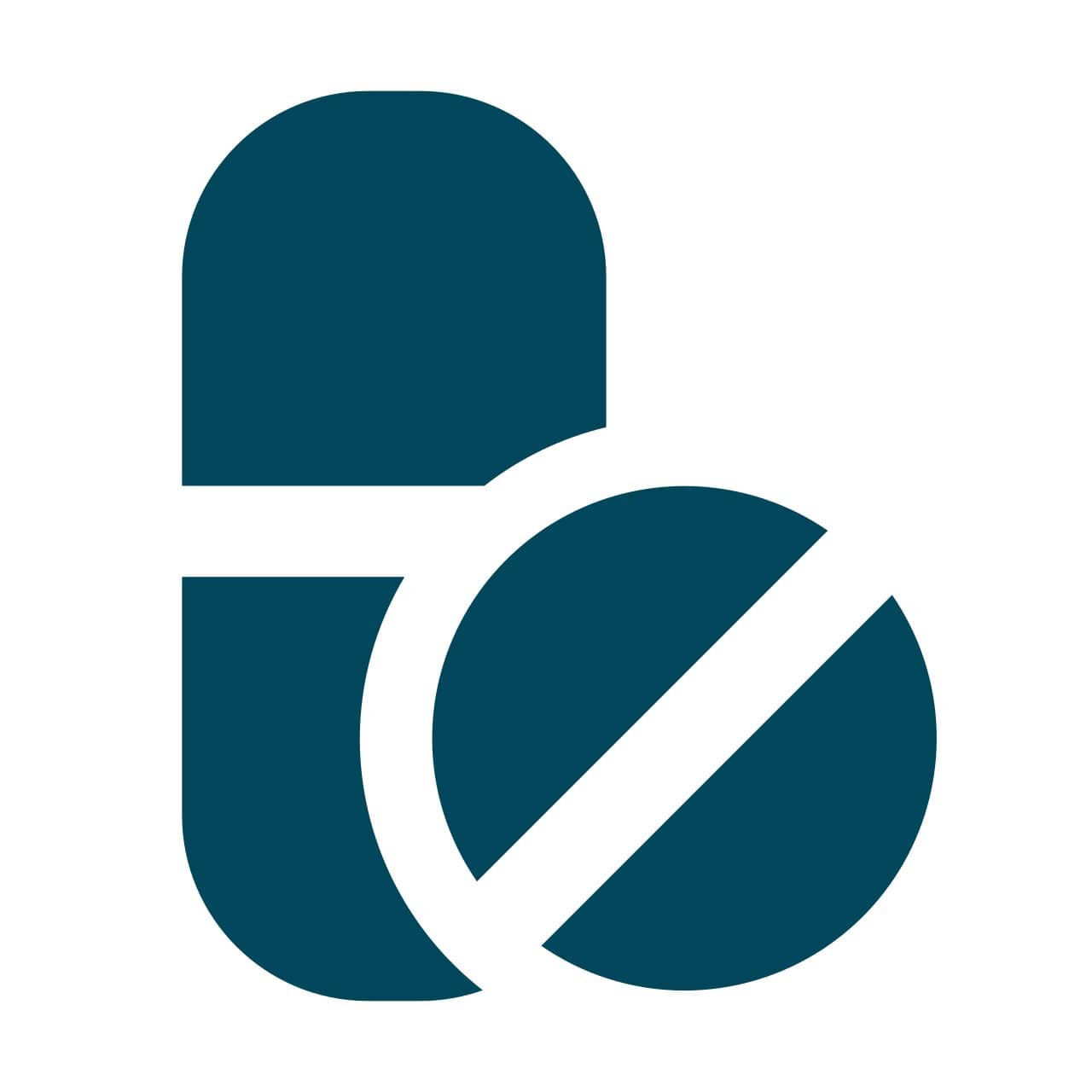





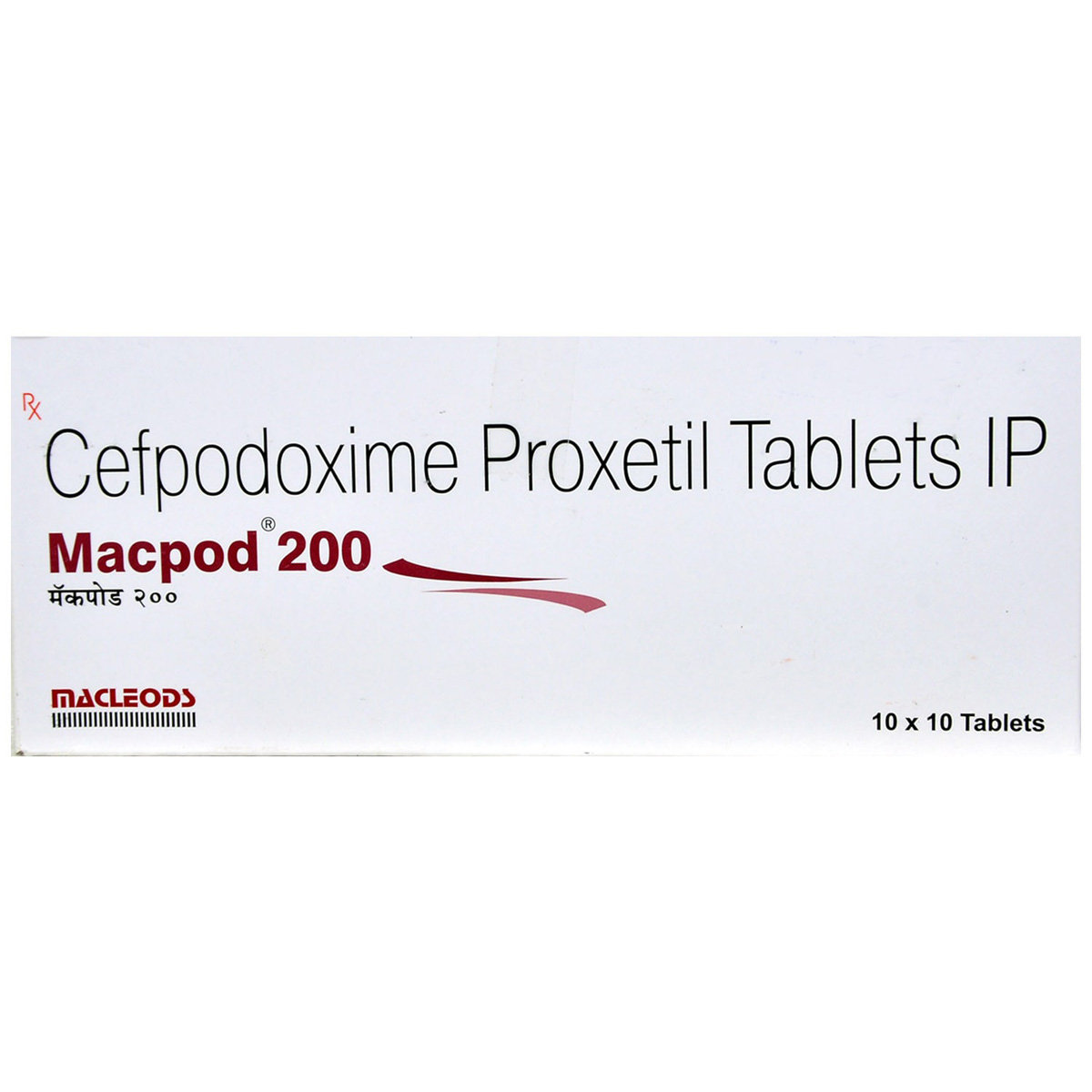
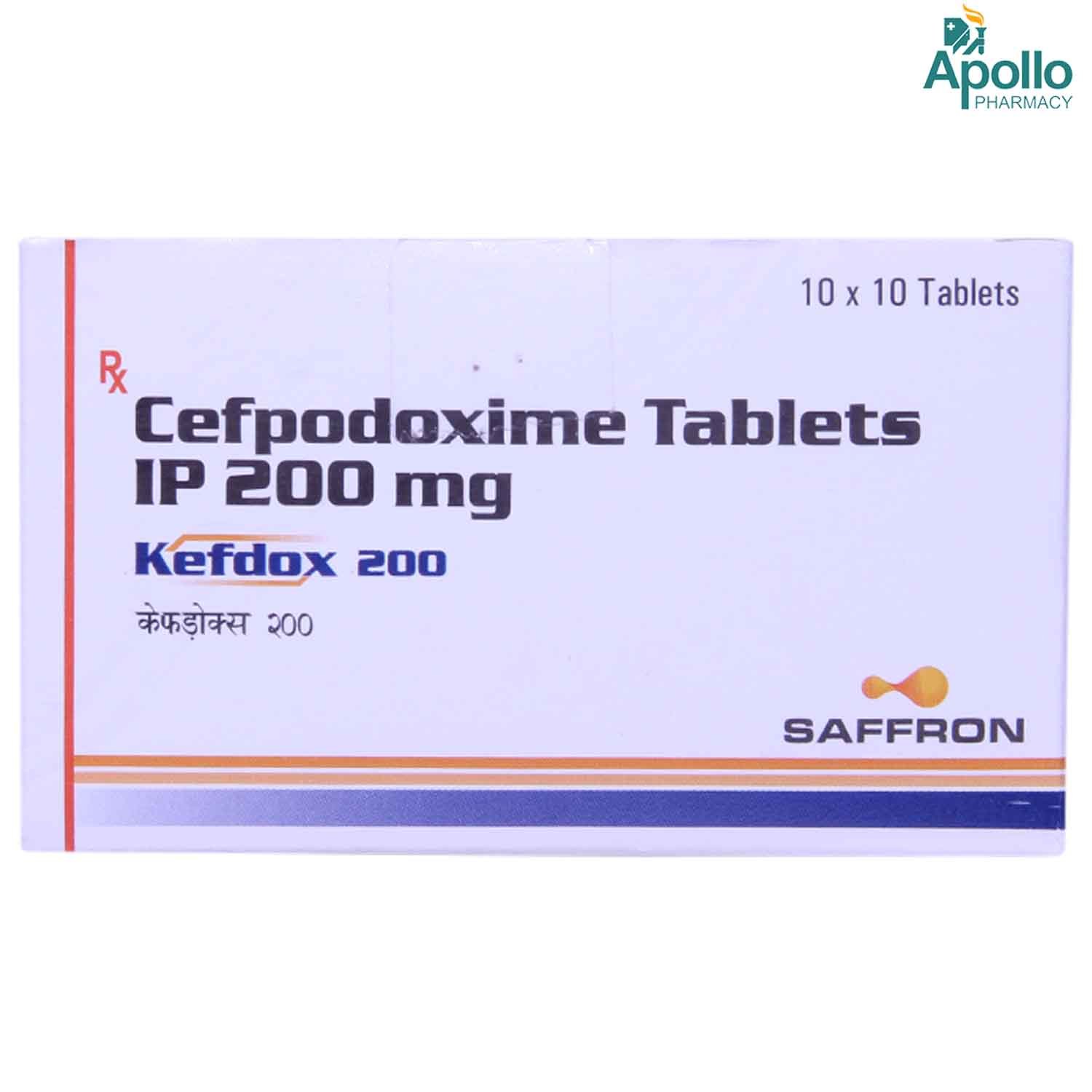


_0.jpg?tr=q-85)
